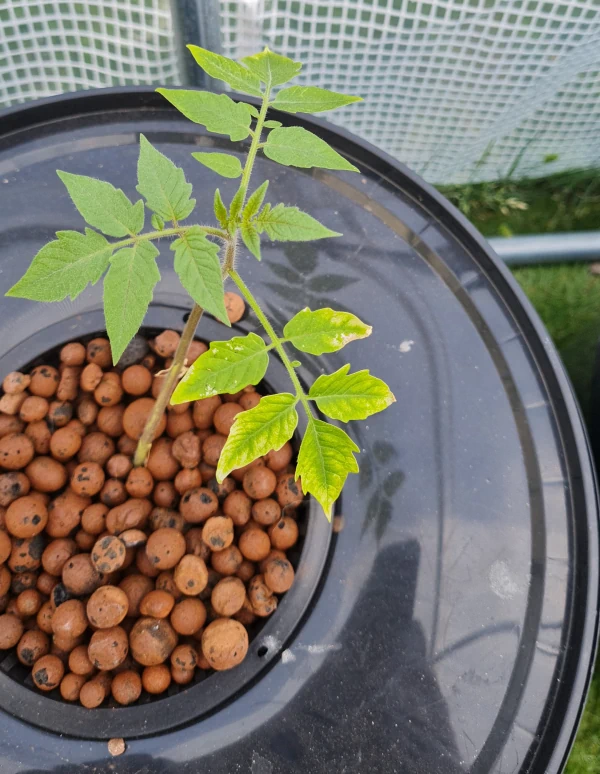Maintaining a beautiful lawn requires consistent care and attention. While it can seem daunting at first, there are a few basic principles of lawn care. If homeowners follow them they can ensure their lawn stays healthy and vibrant.
In this article, we will cover the importance of soil health and proper watering techniques. We will also look at the benefits of fertilization, and the best times to fertilize.

Importance of Soil Health in Lawn Care
Soil health is one of the most critical factors in maintaining a healthy lawn. Your lawn’s soil provides essential nutrients to your grass, allowing it to grow and thrive. Soil also serves as the foundation for your lawn’s root system.
To ensure your lawn’s soil is healthy, it’s crucial to test its nutrient content and pH levels regularly. Soil testing can be done with an at-home kit, or you can send a sample to a lab for a more comprehensive analysis. Once you know the nutrient content and pH level of your soil, you can take steps to improve it.
One way to improve soil health is by adding organic matter.
Organic matter helps to:
- Increase the soil’s fertility
- Improve soil structure
- Promote healthy microbial activity.
Organic matter can include grass clippings, leaves, and compost.
Another way to improve soil health is by aerating your lawn. Aeration involves perforating the soil with small holes to allow air, water, and nutrients to penetrate deeper into the soil. This helps to break up compacted soil, allowing roots to grow more deeply and receive the necessary nutrients.

Proper Watering Techniques
Water is essential for maintaining a healthy lawn. But it’s important to water your lawn correctly. Too little water can cause your lawn to turn brown and dry. While overwatering can lead to root rot and disease.
The best time to water your lawn is early in the morning when temperatures are cooler and the air is more humid. This allows water to penetrate the soil before the heat of the day evaporates it. Watering in the evening can lead to prolonged moisture on your lawn. This will promote the growth of fungal diseases.
It’s also important to water deeply, rather than shallowly. This encourages your lawn’s roots to grow deeper into the soil. It makes them more resistant to drought and disease. A good rule of thumb is to water your lawn for 30 minutes, two to three times a week.
Another technique to consider is using a rain gauge to track how much water your lawn is receiving. This can help you determine if you need to water more or less frequently.
The Benefits of Fertilization
Fertilization is another essential aspect of lawn care. Fertilizers provide your lawn with the necessary nutrients to grow and thrive. The three primary nutrients found in fertilizers are nitrogen, phosphorus, and potassium.
Nitrogen promotes healthy green growth. While phosphorus supports root growth and flower development. Potassium helps your lawn withstand stress and disease.
When choosing a fertilizer, it’s important to consider the type of grass you have and the nutrient content of your soil. Some fertilizers are designed specifically for certain types of grass or soil conditions.
Fertilizers can be organic or synthetic. Organic fertilizers are derived from natural sources. These include compost or manure. While synthetic fertilizers are made from chemical compounds. Both types of fertilizers have their advantages and disadvantages.
It’s also important to fertilize at the right time of year. Fertilizing during the wrong season can lead to excessive growth, which can weaken your lawn and make it more susceptible to disease.

Best Times to Fertilize
The best time to fertilize your lawn depends on the type of grass you have and your geographical location. In general, it’s best to fertilize in the spring and fall when temperatures are moderate and grass is actively growing.
For warm-season grasses, such as Bermuda or St. Augustine, the best time to fertilize is in late spring or early summer. This is when temperatures are consistently above 70 degrees Fahrenheit. This is when these grasses are in their peak growing season.
For cool-season grasses, such as Kentucky bluegrass or fescue, the best time to fertilize is in the fall when temperatures are cooler and the grass is actively growing. Fall fertilization helps to promote healthy root growth. This will help prepare the grass for winter dormancy.
It’s important to avoid fertilizing during the summer months when temperatures are high. This can lead to excessive growth and stress on your lawn.
In addition to timing, it’s also important to follow proper fertilization techniques.
This includes:
- Using the correct amount of fertilizer
- Avoiding fertilizing on hot, dry days,
- Watering your lawn immediately after fertilization to prevent burning.
Lawn Care Conclusion
Maintaining a healthy lawn requires a combination of proper soil health, watering techniques, fertilization, and timing. Remember to keep testing your soil, aerating your lawn, watering deeply, and fertilizing at the right time. This way you can ensure your lawn stays healthy and vibrant year-round.
Remember to follow proper techniques and avoid over-fertilization. Which can lead to excess growth, lawn stress, and disease.
By following these basic principles of lawn care, you can enjoy a lush, healthy lawn that is the envy of your neighbors.
For a great article about have a look at : Beginner’s Guide to Lawn Care please on LawnLove.com







